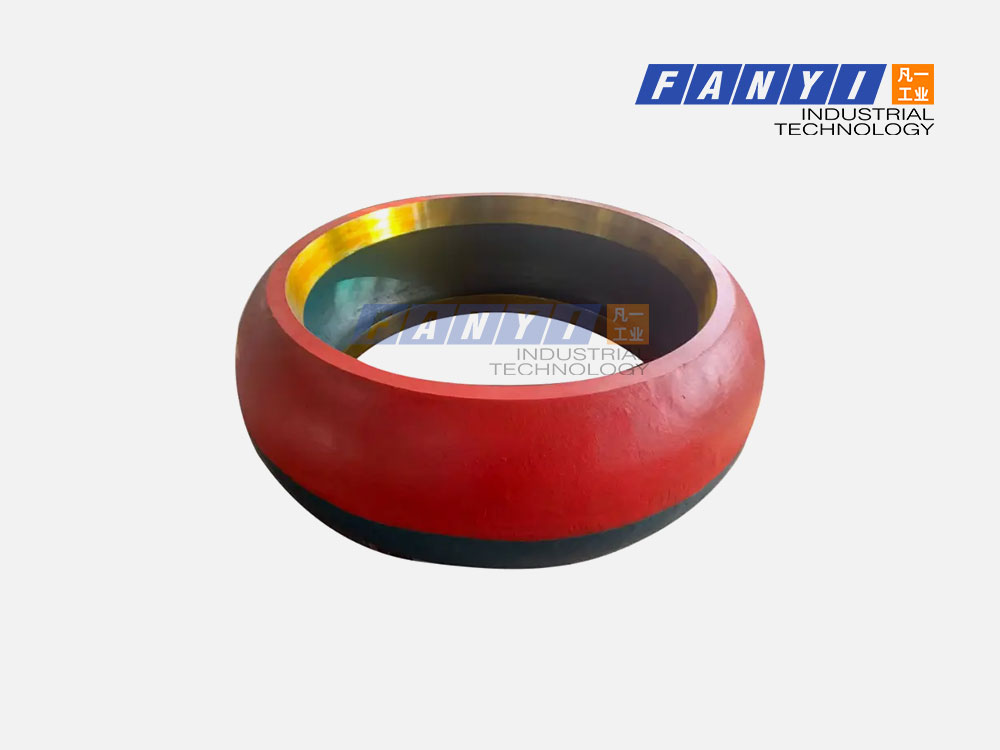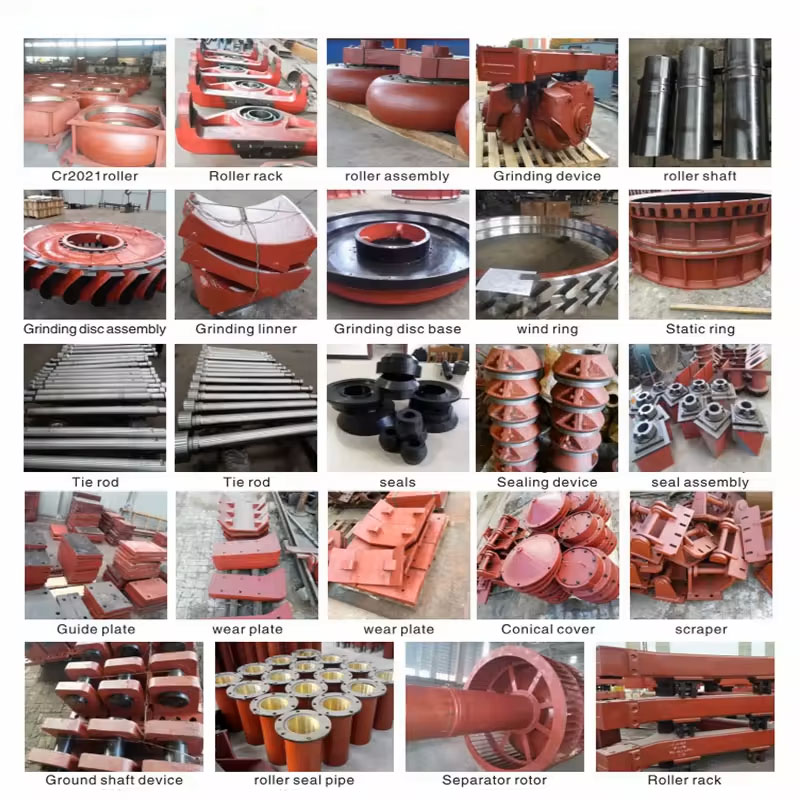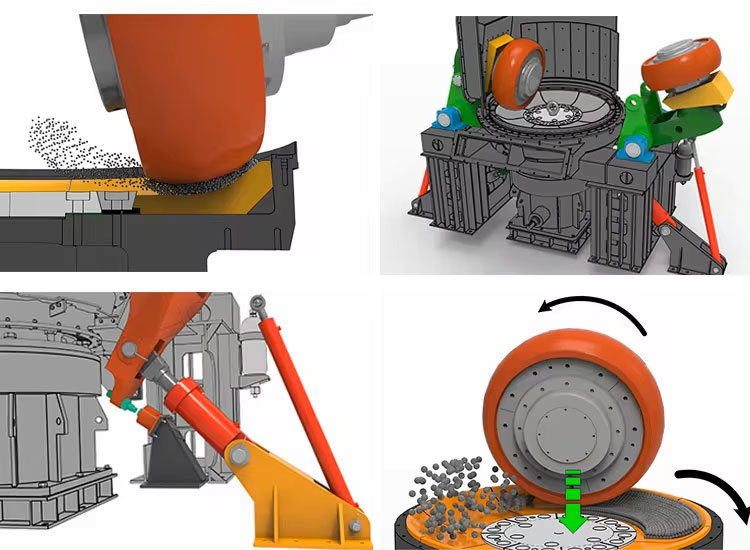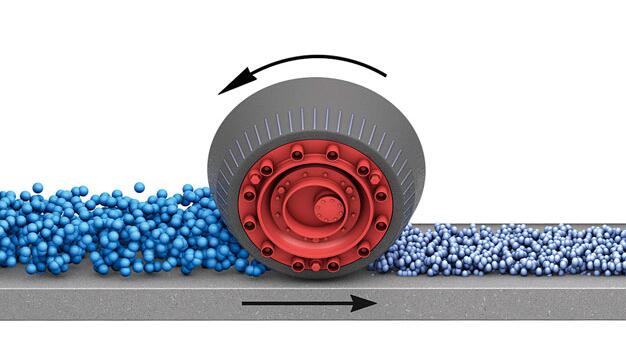Address
No. 128, Binhe Road, Gongyi City
Zhengzhou City, Henan Province, China, 451200
Contact us
Phone: (+86) 13386837400
WhatsApp/WeChat: (+86) 13386837400
Address
No. 128, Binhe Road, Gongyi City
Zhengzhou City, Henan Province, China, 451200
Contact us
Phone: (+86) 13386837400
WhatsApp/WeChat: (+86) 13386837400

Vertical mill Grinding rollers (usually 2–4) are the heart of the vertical mill, distributed on the grinding table. Grinding rollers apply pressure to the material on the grinding table. They are usually made of materials such as cast steel, alloy steel, or ceramic coating to withstand the grinding forces.
Vertical mill Wear Parts Grinding rollers (usually 2–4) are the heart of the vertical mill, distributed on the grinding table. Grinding rollers apply pressure to the material on the grinding table. They are usually made of materials such as cast steel, alloy steel, or ceramic coating to withstand the grinding forces.
Vertical mill Parts includes: roller core, grinding roller shaft, transparent cover, end cover, pressure ring, transmission arm, bearing bush, bearing seat, pin shaft, grinding roller assembly, grinding roller sleeve, grinding disc device, grinding disc lining plate, guide cone, grinding roller sheath, scraper frame, retaining ring, powder concentrator rotor assembly and wear-resistant blade, upper air ring, lower air ring, shell lining plate, dynamic and static blades, oil cylinder, oil cylinder seal, etc;
Pneumatic conveying equipment includes: dome valve, pneumatic double gate valve, ceramic wear-resistant elbow, powder two-way valve, sealing ring, fluidizing rod, etc.

As a key component of a vertical mill, the grinding roller often contains some hard impurities such as quartz and iron blocks due to the complex composition of the material being ground. During the long-term grinding process, it is easy to cause serious wear on the grinding roller, causing the gap between the grinding roller and the grinding disc to continuously increase, leading to a decrease in equipment operation efficiency and an increase in energy consumption, thereby reducing production efficiency and increasing production costs.

Start the hydraulic pump motor, flip the grinding roller out of the machine, place the grinding roller device in a vertical position, and immediately close the two ball stop valves on the high-pressure pipeline corresponding to the oil cylinder. Remove the bolts and pressure rings that fix the roller sleeve to remove it, then replace it with a new roller sleeve or flip the roller sleeve over. When transferring, clean all parts first, and after assembly, use a feeler gauge to check the condition of the joint surface. After the roller sleeve is replaced, the grinding roller device can be fed into the grinding chamber according to the opposite steps of unloading the grinding roller. If replacing the bearings, the entire grinding roller assembly must be taken out of the rocker arm and sent to the machine repair workshop for repair.
The special working and functional principles make every roller mill operate with great flexibility.
The material to be ground is crushed between the rotating grinding track and the individually guided grinding rollers. Grinding is carried out primarily through the application of compressive force vertically, the secondary effect being the horizontal shear force.
